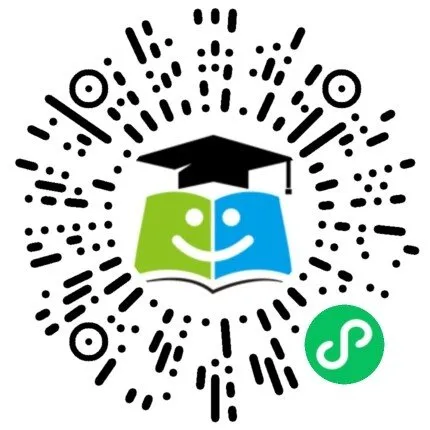Passage Three
As the national attention to fake news and the debate over what to do about it continue,one place where many are looking for solutions is in the classroom.
In Scott Bedley’s version of Simon Says,what keep you in the game is to decide correctly whether a news story is real or not.To start off the game,Bedley sends his fifth-graders at Plaza Vista School in Irvine,California,an article to read on their laptops.He gives them about three minutes to make their decision—they have to read the story carefully,examine its source and use their judgment.Those who think the article is false stand up.The “true” believers stay in their seats.
Bedley says he’s been trying to teach his students for a while to look carefully at what they’re reading and where it comes from.He’s got a seven-point checklist his students can follow.
Bedley also teamed up recently with Todd Flory at Calamus Wheatland Elementary School in Calamus,Iowa,to do a fake news challenge via Skype.Flory’s fourth-graders chose two real article and wrote a fake article of their own.Then,they presented them to Bedley’s class in California.
The fifth-graders decided which article out of the three was fake.Most importantly,they had to explain why they thought it was fake.Otherwise,no points.
Flory says writing the fake news article was more difficult for his students than they expected because they had to make it believable.“It really hammered home the idea to them that fake news doesn’t have to be too eye-catching,”he says.“It can be a very subtle(微妙的) change,but that subtle change can have big consequences.”
The fourth-graders understand that the key to writing false news articles is to make them ( ).
A、subtle
B、believable
C、big
D、eye-catching
【正确答案】:B

微信小程序
微信扫一扫体验
投稿

微信公众账号
微信扫一扫加关注
评论 返回
顶部

发表评论 取消回复